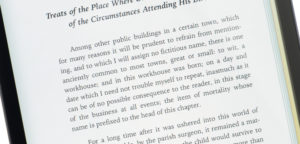
What Works? Not Best Practices
Any list of best practices has great appeal—sometimes immense popularity. And for good reason. Like prepackaged food, they’re ready to go. For busy faculty who aspire to teach well, they provide time-saving instructional sustenance. There’s no need to search through the literature, which is widely








